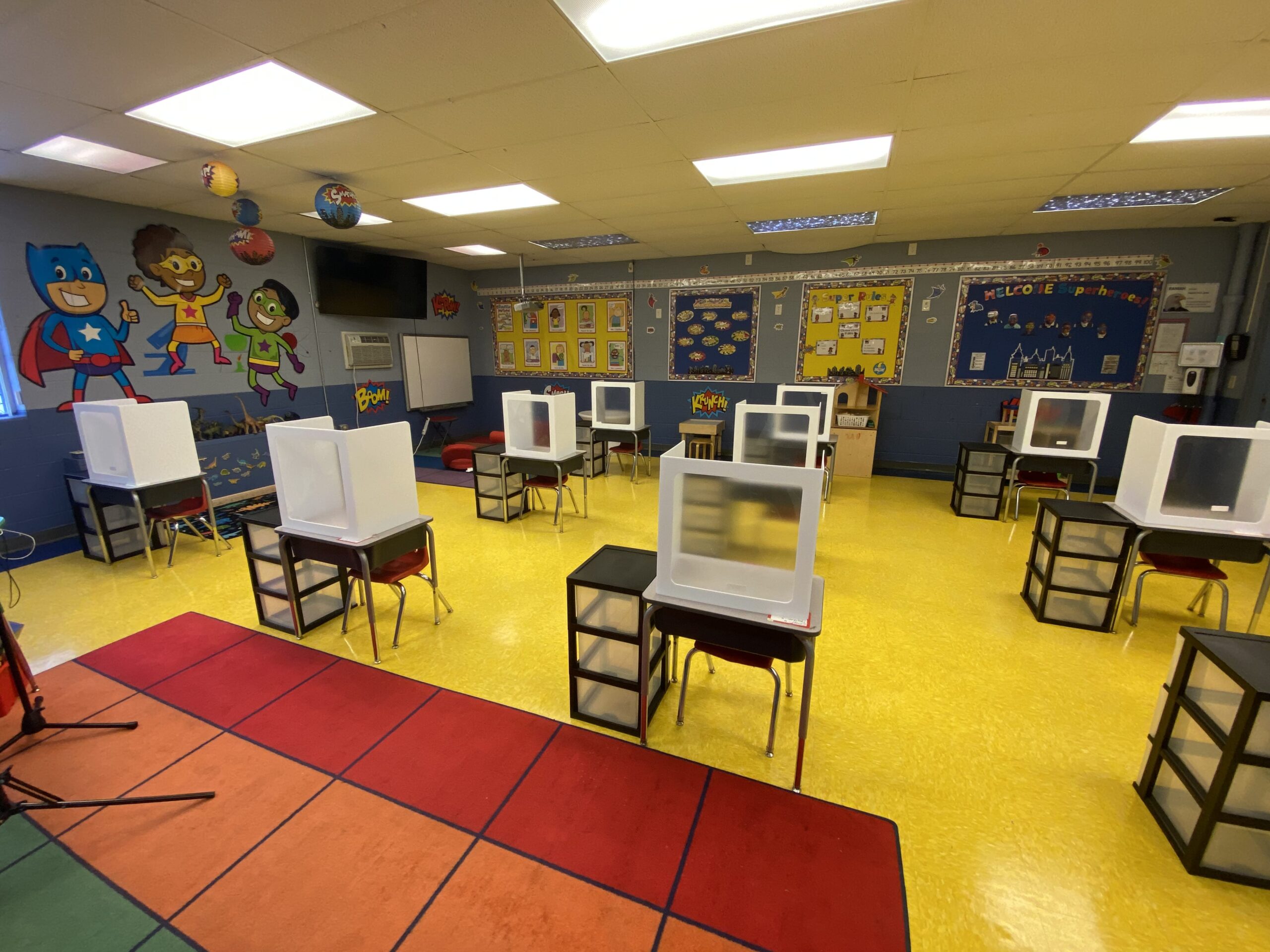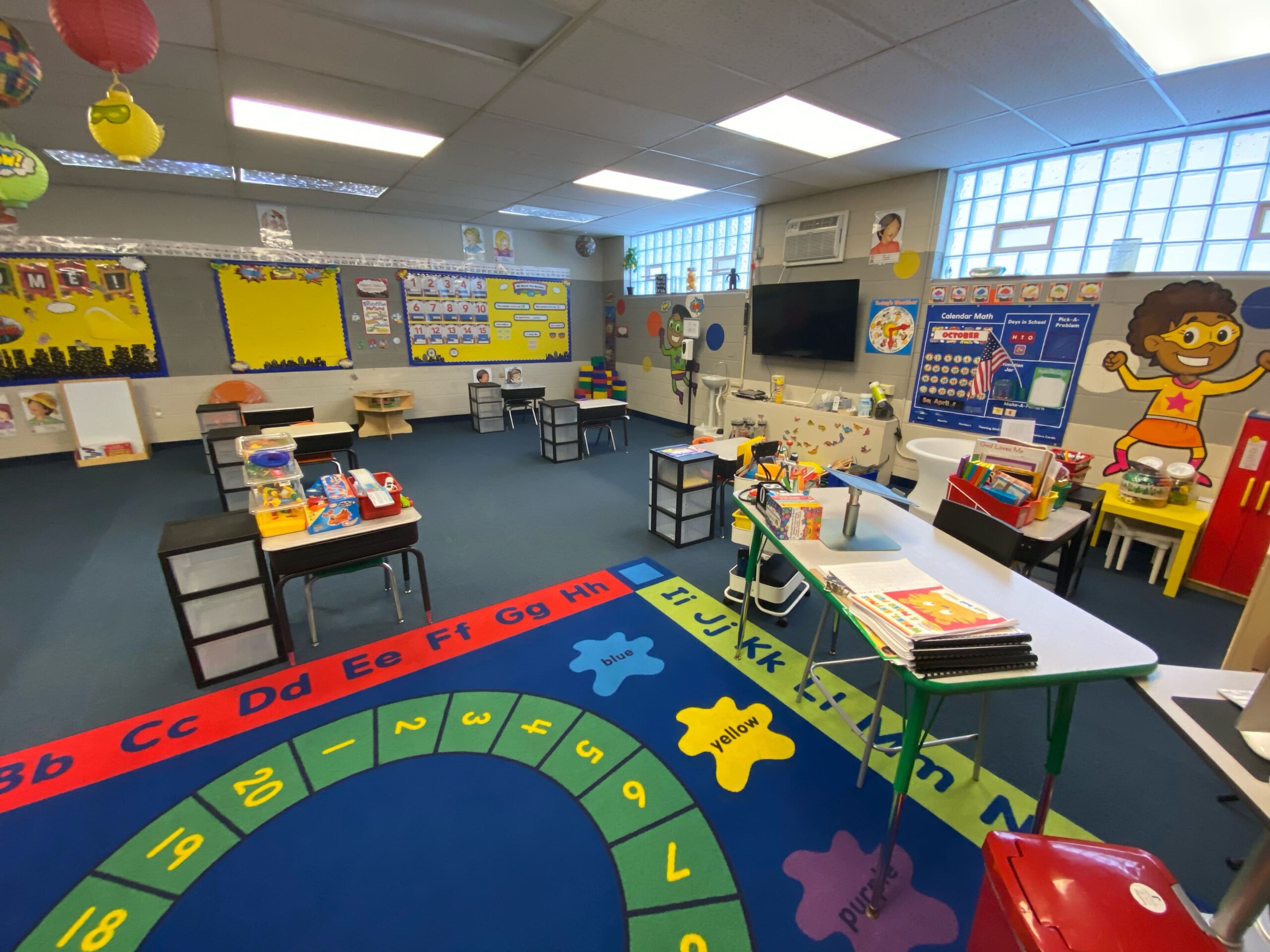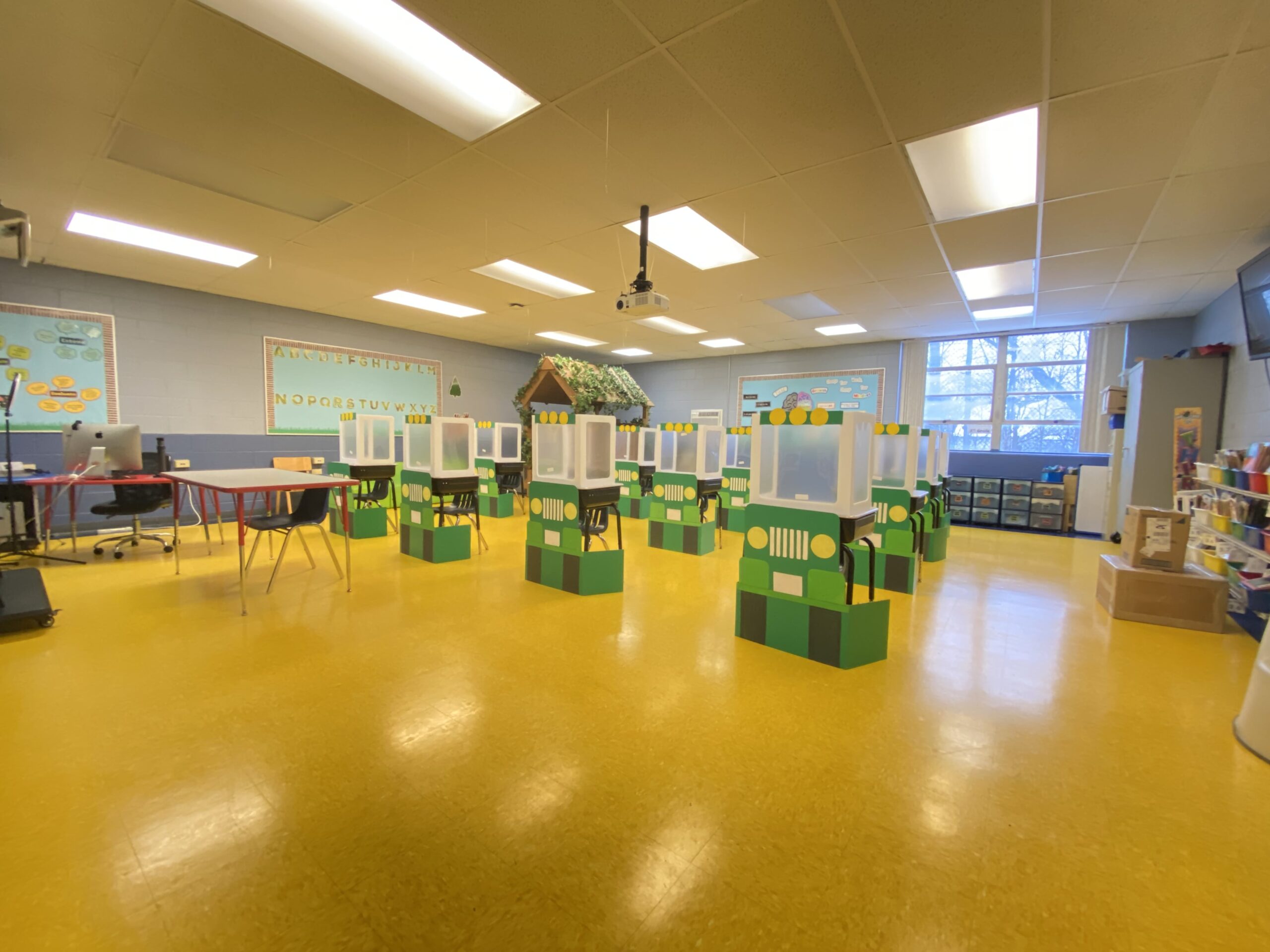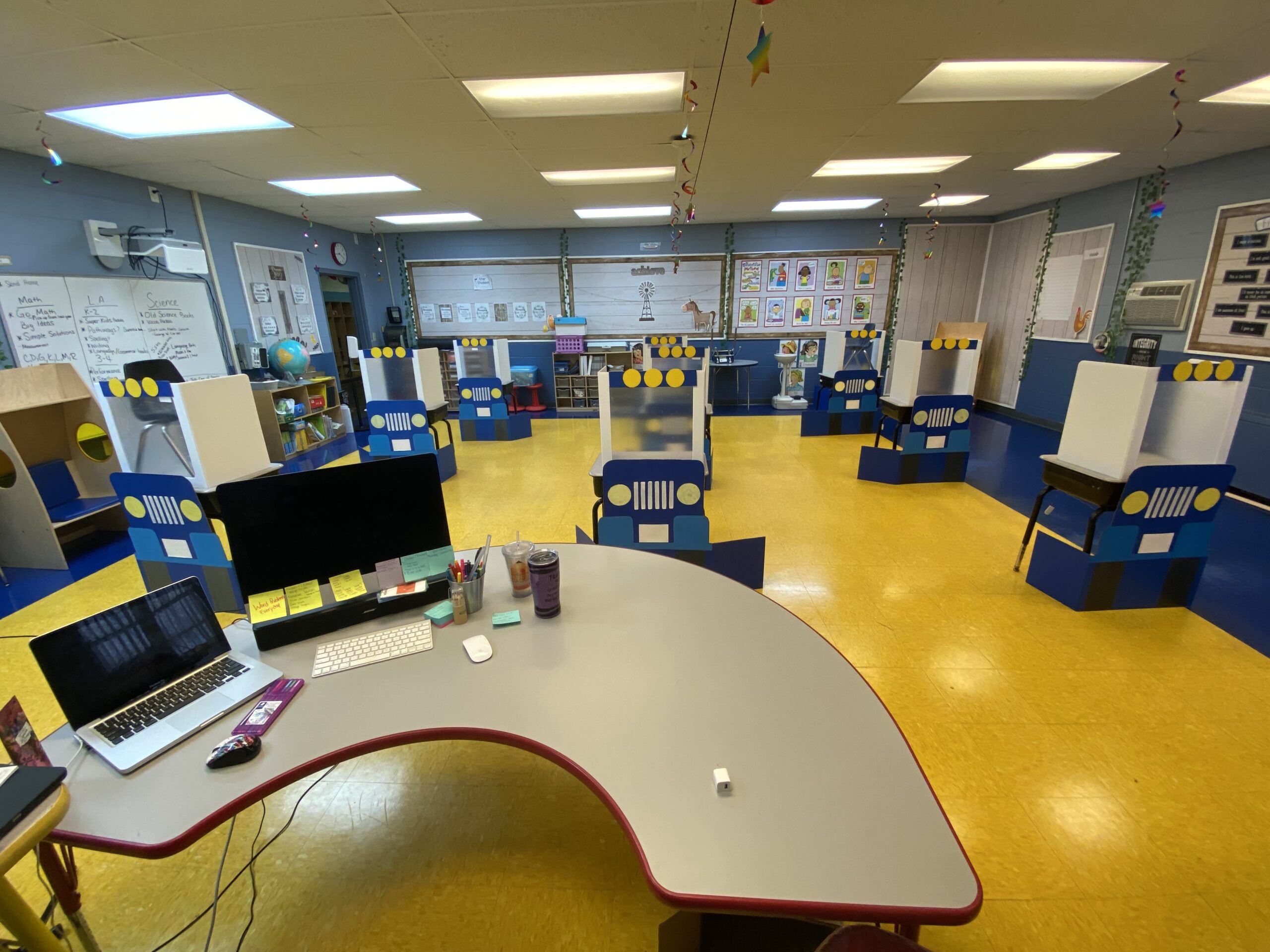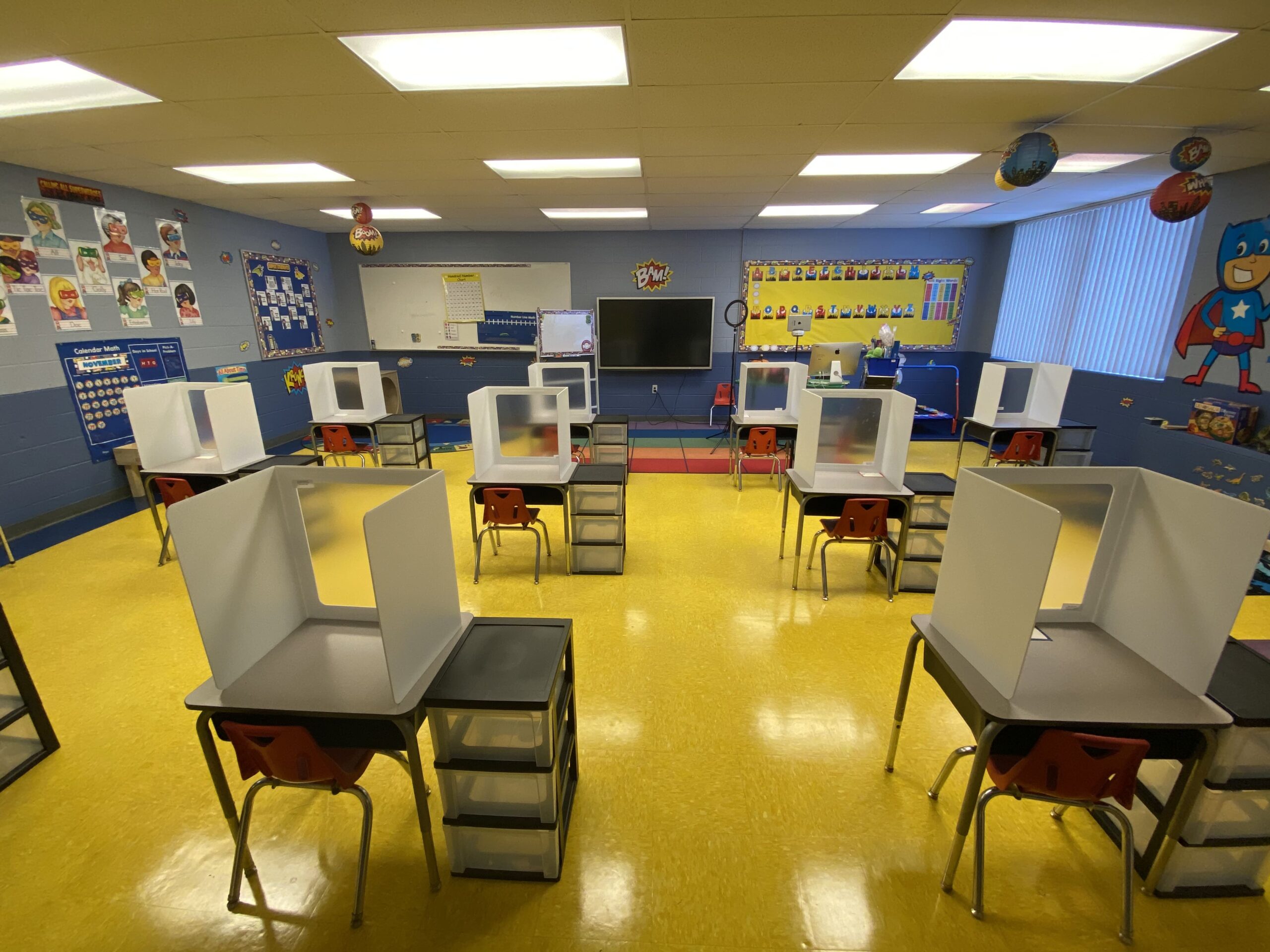This school policy includes the measures Ramah Junior Academy is actively taking to mitigate the spread of coronavirus. You are kindly requested to follow all these rules diligently, to sustain a healthy and safe school during this unique time of pandemic. It’s important that everyone respond responsibly and transparently to these health precautions.
This coronavirus (COVID-19) school policy is susceptible to changes with the introduction of additional governmental guidelines. If so, we will update you as soon as possible by email.
Scope
This coronavirus policy applies to all of our employees, students, and guests who physically work in the building. We strongly recommend to our remote students and staff to read through this action plan as well, to ensure we collectively and uniformly respond to this challenge.
Policy
Outlined below are the required actions employees and students should take to protect themselves and others from a potential coronavirus infection.
- Everyone entering the building must wear a mask/face covering
- Temperature must be taken prior to entering the building (thermometer in corridor). Temp must be lower than 99 degrees Fahrenheit.
- Hand should be sanitized prior to entrance and frequently after entrance using the sanitation stations located throughout the building.
Sick arrangements (in building):
- If you have cold symptoms, such as cough/sneezing/fever, or feel poorly, request an excused absence or work from home if you are able.
- If you have a positive COVID-19 diagnosis, you can return to the building only after you’ve fully recovered, with a doctor’s note confirming your recovery.
- If you are feeling ill, but you are able to work, you can request to work from home.
- If you have recently returned from areas with a high number of COVID-19 cases (based on CDCannouncements), we’ll ask you to work from home for 14 calendar days, and return to the office only if you are fully asymptomatic. You will also be asked not to come into physical contact with any colleagues during this time.
- If you’ve been in close contact with someone infected by COVID-19, with high chances of being infected yourself, request work from home. You will also be asked not to come into physical contact with anyone at school during this time.
- If you need to provide care to a family member infected by COVID-19, request work from home. You’ll only be permitted to return to the office 14 calendar days after your family member has fully recovered, provided that you’re asymptomatic or you have a doctor’s note confirming you don’t have the virus.
General hygiene rules:
- Wash your hands after using the toilet, before eating, and if you cough/sneeze into your hands (follow the 20-second hand-washing rule). You can also use the sanitizers you’ll find around the office.
- Cough/sneeze into your sleeve, preferably into your elbow. If you use a tissue, discard it properly and clean/sanitize your hands immediately.
- Open the windows regularly to ensure open ventilation.
- Avoid touching your face, particularly eyes, nose, and mouth with your hands to prevent from getting infected.
- If you find yourself coughing/sneezing on a regular basis, avoid close physical contact with your coworkers and take extra precautionary measures (such as requesting sick leave).
Regarding Hand hygiene and respiratory etiquette, Ramah will…
- Teach and reinforce handwashing with soap and water for at least 20 seconds and increase monitoring to ensure adherence among students and staff.
- Encourage staff and students to cover coughs and sneezes with a tissue. Used tissues should be thrown in the trash and hands washed immediately with soap and water for at least 20 seconds.
- If soap and water are not readily available, hand sanitizer that contains at least 60% alcohol should be used (for staff and older children who can safely use hand sanitizer).
Masks
- Teach and reinforce use of masks. The use of masks is one of many important mitigation strategies to help prevent the spread of COVID-19. Masks are meant to protect other people in case the wearer is unknowingly infected but does not have symptoms. Masks are not Personal Protective Equipment (PPE) (e.g., surgical masks, respirators).
- Appropriate and consistent use of masks is most important when students, teachers, and staff are indoors and when social distancing is difficult to implement or maintain. Individuals should be frequently reminded not to touch the face covering or mask and to wash their hands or use hand sanitizer frequently. Information should be provided to staff, students, and students’ families on proper use, removal, and washing of masks.
- Masks should not be placed on:
-
- Children younger than 2 years old
- Anyone who has trouble breathing or is unconscious
- Anyone who is incapacitated or otherwise unable to remove the mask without assistance
- Appropriate and consistent use of masks may be challenging for some students, teachers, and staff, including:
-
- Younger students, such as those in early elementary school (Pre-K through 3rd grade).
- Students, teachers, and staff with severe asthma or other breathing difficulties.
- Students, teachers, and staff with special educational or healthcare needs, including intellectual and developmental disabilities, mental health conditions, and sensory concerns or tactile sensitivity.
- While masks are strongly encouraged to reduce the spread of COVID-19, CDC recognizes there are specific instances when wearing a mask may not be feasible. In these instances, parents, guardians, caregivers, teachers, staff, and school administrators should consider adaptations and alternatives whenever possible. They may need to consult with healthcare providers for advice about wearing masks.
- People who are deaf or hard of hearing—or those who care for or interact with a person who is hearing impaired—may be unable to wear masks if they rely on lipreading to communicate. This may be particularly relevant for faculty or staff teaching or working with students who may be deaf or hard of hearing. In this situation, consider using a clear mask that covers the nose and wraps securely around the face. If a clear mask isn’t available, consider whether faculty and staff can use written communication (including closed captioning) and decrease background noise to improve communication while wearing a mask that blocks your lips.
- Masks are recommended as a simple barrier to help prevent respiratory droplets from traveling into the air and onto other people when the person wearing the mask coughs, sneezes, talks, or raises their voice. This is called source control.
- In addition to those who interact with people who are deaf or hard of hearing, the following groups of teachers and staff may also consider using clear masks:
-
- Teachers of young students (e.g., teaching young students to read).
- Teachers of students who are English language learners
- Teachers of students with disabilities
- Clear masks should be determined not to cause any breathing difficulties or over heating for the wearer. Clear masks are not face shields. CDC does not recommend use of face shields for normal everyday activities or as a substitute for masks because of a lack of evidence of their effectiveness to control the spread of the virus from the source for source control.
Adequate supplies
Ramah has accessible sinks and enough supplies for people to clean their hands and cover their coughs and sneezes. Supplies include soap, a way to dry hands (e.g., paper towels, hand dryer), tissues, hand sanitizer with at least 60 percent alcohol (for staff and older children who can safely use hand sanitizer), disinfectant wipes, masks (as feasible) and no-touch /foot-pedal trash cans.
Signs and messages
- Signs have been posted in highly visible locations (e.g. entrances, restrooms) promote everyday protective measures and describe how to stop the spread of germs (such as by properly washing hands and properly wearing a mask).
- Broadcasting of regular announcements on reducing the spread of COVID-19 on PA systems.
Cleaning and disinfection
- Frequently touched surfaces (e.g., playground equipment, door handles, sink handles, drinking fountains) within the school and on school buses will be cleaned and disinfected at least daily or between use as much as possible. Use of shared objects (e.g., gym or physical education equipment, art supplies, toys, games) will be limited when possible, or cleaned between use.
- Scheduled increased routine cleaning and disinfection.
-
- Cleaning products should not be used near children, and staff should ensure that there is adequate ventilation when using these products to prevent children or themselves from inhaling toxic fumes.
Regarding SHARED OBJECTS, Ramah will…
- Discourage sharing of items that are difficult to clean or disinfect.
- Keep each child’s belongings separated from others’ and in individually labeled containers, cubbies, or areas.
- Ensure adequate supplies to minimize sharing of high touch materials to the extent possible (e.g., assigning each student their own art supplies, equipment) or limit use of supplies and equipment by one group of children at a time and clean and disinfect between use.
- Avoid sharing electronic devices, toys, books, and other games or learning aids.
Regarding VENTILATION, Ramah will…
- Increase outdoor air ventilation, using caution in highly polluted areas.
-
- When weather conditions allow, increase fresh outdoor air by opening windows and doors. Do not open windows and doors if doing so poses a safety or health risk (e.g., risk of falling, triggering asthma symptoms) to children using the facility.
- Use fans to increase the effectiveness of open windows. Position fans securely and carefully in or near windows so as not to induce potentially contaminated airflow directly from one person over another (strategic window fan placement in exhaust mode can help draw fresh air into room via other open windows and doors without generating strong room air currents).
- Decrease occupancy in areas where outdoor ventilation cannot be increased.
- Ensure ventilation systems operate properly and provide acceptable indoor air quality for the current occupancy level for each space.
- Increase total airflow supply to occupied spaces, when possible.
- Further open minimum outdoor air dampers to reduce or eliminate HVAC air recirculation. In mild weather, this will not affect thermal comfort or humidity. However, this may be difficult to do in cold, hot, or humid weather.
- Consider running the HVAC system at maximum outside airflow for 2 hours before and after the school is occupied.
- Inspect and maintain local exhaust ventilation in areas such as restrooms, kitchens, cooking areas, etc.
- Use portable high-efficiency particulate air (HEPA) fan/filtration systems to help enhance air cleaning (especially in higher risk areas such as the nurse’s office).
Modified layouts
- Space seating/desks at least 6 feet apart when feasible.
- Turn desks to face in the same direction (rather than facing each other), or have students sit on only one side of tables, spaced apart.
- Modify learning stations and activities as applicable so there are fewer students per group, placed at least 6 feet apart if possible.
- Create distance between children on school buses (g., seat children one child per row, skip rows) when possible.
Physical barriers and guides
- Install physical barriers, such as sneeze guards and partitions, particularly in areas where it is difficult for individuals to remain at least 6 feet apart (e.g., reception desks).
- Provide physical guides, such as tape on floors or sidewalks and signs on walls, to ensure that staff and children remain at least 6 feet apart in lines and at other times (e.g. guides for creating “one way routes” in hallways).
Communal spaces
- Close communal use shared spaces such as dining halls and playgrounds with shared playground equipment if possible; otherwise, stagger use and clean and disinfect between use.
- Add physical barriers, such as plastic flexible screens, between bathroom sinks especially when they cannot be at least 6 feet apart.
Food service
- Schools are essential to meeting the nutritional needs of children with many consuming up to half their daily calories at school.
- Avoid offering any self-serve food or drink options, such as hot and cold food bars, salad or condiment bars, and drink stations. Serve individually plated or pre-packaged meals instead, while ensuring the safety of children with food allergies.
- As feasible, have children eat meals outdoors or in classrooms, while maintaining social distance (at least 6 feet apart) as much as possible, instead of in a communal dining hall or cafeteria.
- Have teachers and children wash their hands with soap and water for 20 seconds or use a hand sanitizer that contains at least 60% alcohol before and after eating. Ensure children do not share food, either brought from home or from the food service.
- If communal dining halls or cafeterias will be used, ensure that children remain at least 6 feet apart in food service lines and at tables while eating. Clean and disinfect tables and chairs between each use.
- Ensure children do not share food or utensils. This helps prevent the spread of COVID-19 for all students and helps ensure the safety of children with food allergies.
-
- Use disposable food service items (e.g., utensils, trays).
- If disposable items are not feasible or desirable, ensure that all non-disposable food service items and equipment are handled by staff with gloves and washed with dish soap and hot water or in a dishwasher.
- Individuals should wash their hands after removing their gloves or after directly handling used food service items.
- If food is offered at any event, have pre-packaged boxes or bags for each attendee instead of a buffet or family-style meal.
- Provide tissues and no-touch or foot pedal trash cans, where possible, for employees, volunteers, and students to use.
To Maintaining healthy operations, Ramah will…
Identifying small groups and keeping them together (cohorting or podding)
Dividing students and teachers into distinct groups that stay together throughout an entire school day during in-person classroom instruction. Limit mixing between groups such that there is minimal or no interaction between cohorts.
Alternating schedule
Alternate the days when cohorts physically attend school. For example, certain grades or classrooms physically attend school on Monday/Tuesday and other grades or classrooms physically attend on Thursday/Friday (and the school is thoroughly cleaned in between, on Wednesday). As another example, some schools internationally have rotated in-person attendance weekly with one group of students attending during a week, followed by a different group the next week in rotation with thorough cleaning on the weekends.
Staggered scheduling
- Stagger student arrival, drop-off, and pick-up time or locations by cohort, or put in place other protocols to limit contact between cohorts and direct contact with parents, guardians, and caregivers as much as possible.
- When possible, use flexible worksites (e.g., telework at home) and flexible work hours (e.g., staggered shifts) to help establish policies and practices for social distancing (staying at least 6 feet apart).
Mix of virtual learning and in-class learning (hybrid schedule)
Hybrid options can apply a cohort approach to the in-class education provided.
Virtual/at-home only
Students and teachers engage in virtual-only classes, activities, and events.
Gatherings, visitors, and field trips
- Pursue virtual group events, gatherings, or meetings, if possible, and promote social distancing of at least 6 feet between people if events are held. Limit group size to the extent possible.
- Limit any nonessential visitors, volunteers, and activities involving external groups or organizations as possible – especially with individuals who are not from the local geographic area (e.g., community, city, county).
- Develop a plan for staff who travel between schools (e.g., school nurses, psychologists, therapists). For example, consider allowing them to have virtual meetings in place of physical school visits and revise scheduling to limit their visits to multiple campuses.
- Pursue virtual activities and events in lieu of field trips, student assemblies, special performances, school-wide parent meetings, and spirit nights, as possible.
Designated COVID-19 point of contact
A designated staff person will be responsible for responding to COVID-19 concerns. All school staff and families should know who this person is and how to contact them.
Communication systems
- Staff and families should self-report to the school if they or their student have symptoms of COVID-19, a positive test for COVID-19, or were exposed to someone with COVID-19 within the last 14 days.
Excused absence policies
- Flexible sick excused absence policies and practices are in place that enable students to stay home when they are sick, have been exposed to someone who is sick.
-
- Examine and revise policies for leave, telework, and employee compensation.
- Leave policies should be flexible and not punish people for taking time off and should allow sick employees to stay home and away from co-workers. Leave policies should also account for employees who need to stay home with their children if there are school or childcare closures, or to care for sick family members.
Recognize signs and symptoms
We learn more about COVID-19 every day, and as more information becomes available, CDC will continue to update and share information. As our knowledge and understanding of COVID-19 evolves, this guidance may change.
Based on the best available evidence at this time:
- Parents or caregivers should be strongly encouraged to monitor their children for signs of infectious illness including COVID-19 every day.
- Students who have symptoms of any infectious illness or symptoms consistent with COVID-19 should not attend school in-person.
Prepare for when someone is sick with COVID-19
Isolate and transport students who develop symptoms while at school.
Some students may develop symptoms of infectious illness while at school. Schools should take action to isolate students who develop these symptoms from other students and staff.
Clean and disinfect
- Close off areas used by a sick person and do not use these areas until after cleaning and disinfecting them. For outdoor areas (e.g., playgrounds, sitting areas, outdoor eating areas, etc.), this includes surfaces or shared objects in the area, if applicable.
- Wait at least 24 hours before cleaning and disinfecting. If 24 hours is not feasible, wait as long as possible. Ensure safe and correct use and storage of cleaning and disinfection products, including storing products securely away from children.
Notify health officials and close contacts
- In accordance with state and local laws and regulations, school administrators should notify local health officials, staff, and families immediately of any case of COVID-19 while maintaining confidentiality.
- Inform those who have had close contact with a person diagnosed with COVID-19 to stay home and self-monitor for symptoms, and follow CDC guidance if symptoms develop.
- Ramah may need to implement short-term building closure procedures if/when an infected person has been on campus during their infectious period and has close contact with others.



